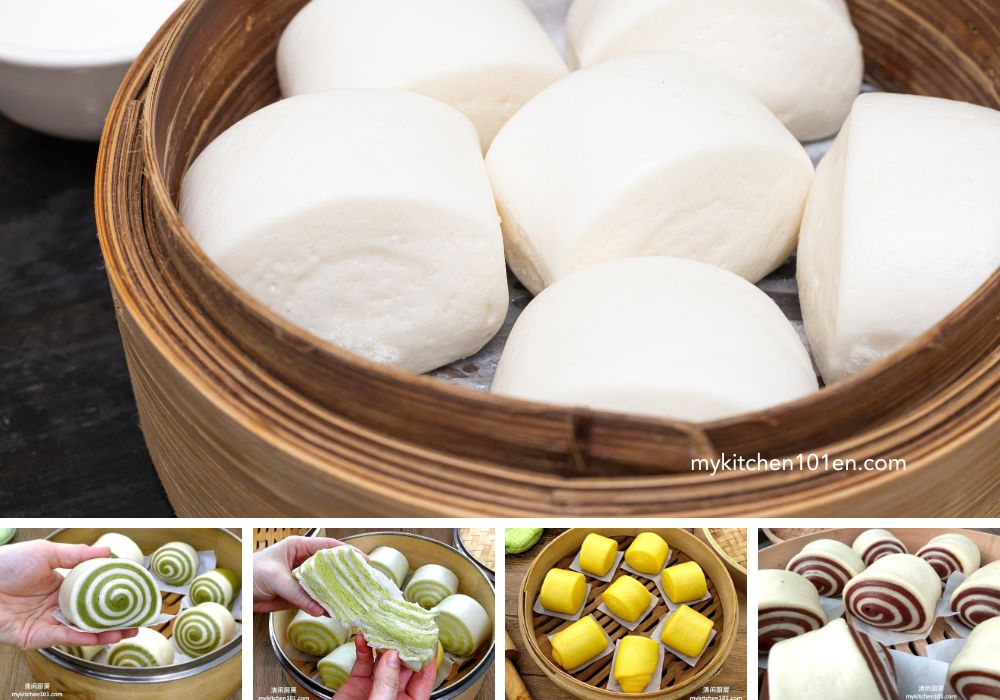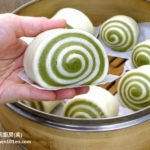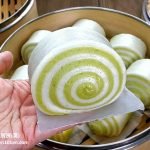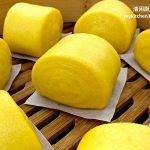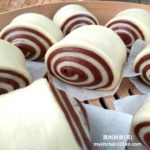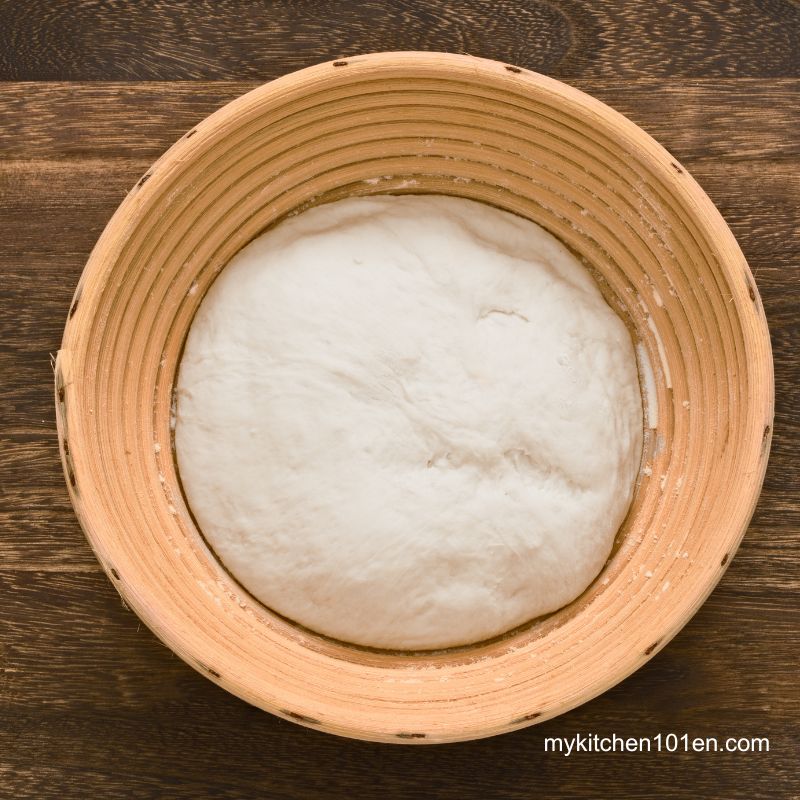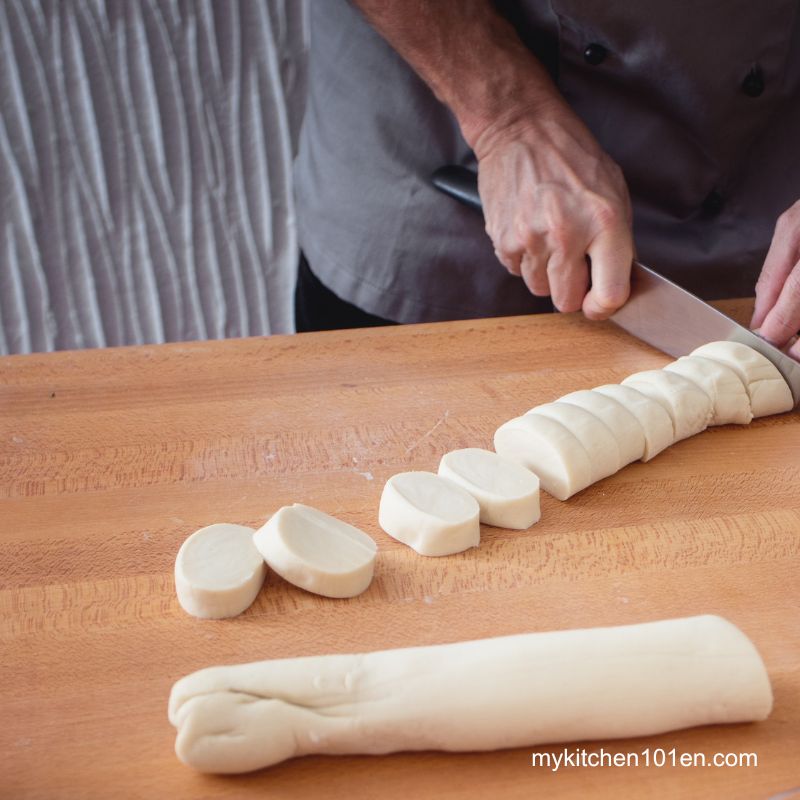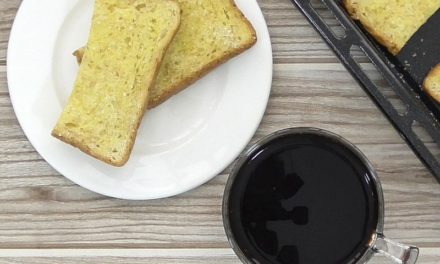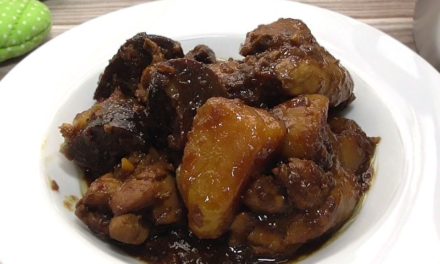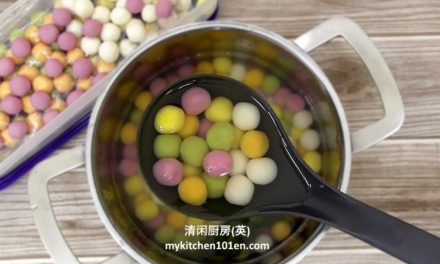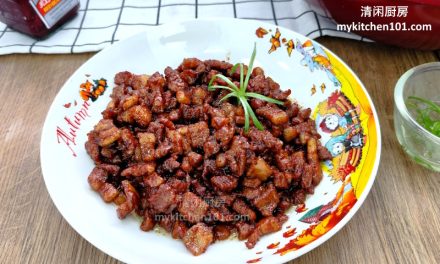What is Chinese Steamed Bun (Mantou)?
Mantou, a cherished Chinese steamed bun, has a long history. In the vast tapestry of Chinese cuisine, mantou holds a soft spot (literally) in many hearts.
These fluffy steamed buns, which have historically comforted souls and filled stomachs, represent simplicity and tradition. But like any timeless classic, there’s always room for a contemporary twist.
From its ancient roots as a basic, filling food to its current beloved status, it has seen many transformations. While traditionally simple, recent years have seen the humble mantou evolve in flavor and presentation.
Growing up, I remember the comforting aroma of Mantou, the traditional Chinese steamed bun, lingering in my grandmother’s kitchen.
These simple steamed buns were a sign of comfort at many family gatherings. In this post, we will talk about four of our recipes for Chinese steamed buns, and look at the distinction between Mantou and Baozi, two popular types of Chinese food that are eaten for breakfast and lunch respectively in China.
Table of Contents
4 Unique Mantou Recipes
What’s the Difference Between Mantou and Baozi?
Mantou and Baozi are both types of Chinese steamed buns, but they have some key differences. Mantou is typically plain, without any filling, and has a more dense and chewy texture. Baozi, on the other hand, is filled with various ingredients such as meat, vegetables, or sweet bean paste. The dough used for Baozi is often softer and more tender than that of Mantou.
- Pork filling baozi
- Char Siew Pao (chinese bbq pork steamed buns)
- Mung bean baozi
- Red bean pao
- Kaya Pao
How to make mantou (steamed Chinese bun)
- Preparing the dough: Combine all dry ingredients for the dough in a mixing bowl, mix well. Add in milk gradually and mix into a dough. Then, add in corn oil, and knead until well blended.
- Let it Rise: Place the dough in a greased bowl, covering it with a damp cloth. Allow it to rest in a warm area until it doubles in size.
- Shape the Buns: After the dough has risen, transfer it to a floured surface and divide it into equal portions. Shape each portion into a smooth ball or an oval, depending on your preference
- Steam the Mantou: Fill a steamer with water and bring it to a boil. Place the buns (with their parchment paper) in the steamer tiers, ensuring they’re spaced apart so they don’t stick together. Heat until water is boiling (about 3 minutes), then reduce to medium heat and steam for another 15 minutes.
Conclusion
Chinese steamed bun (Mantou), although seemingly simple, embodies profound emotions and historical memories of the Chinese community. Whether it’s the traditional white mantou or its innovative flavored variations, it remains an essential part of Chinese dining.
Regardless of traditional methods or modern techniques, mantou stands as a timeless classic in the Chinese culinary repertoire. More than just food, mantou symbolizes a cultural and lifestyle narrative.
From the earthy Matcha to the tropical Pandan, the seasonal Pumpkin, and the indulgent Chocolate, these Mantou recipes offer a delightful culinary journey.
Understanding the difference between Mantou and Baozi adds to the appreciation of Chinese culinary traditions. As you relish these four types of mantou, you’ll experience not only their flavors but also the richness and diversity of life.
FAQs for Chinese Steamed Bun (Mantou)
What are Mantou buns made of?
Mantou buns are usually made from a simple dough consisting of all-purpose flour, yeast, sugar, water, and a small amount of oil. Some variations include pumpkin puree or cocoa powder.
How to make Mantou soft and chewy?
Kneading the dough well and allowing it to rest properly helps in achieving a soft and chewy texture. Using a bamboo steamer for steaming also helps in maintaining the texture.
Can I freeze homemade Mantou?
Yes, you can make Mantou ahead of time and freeze it. To serve, just steam it again until softened.
What is the traditional flavor of mantou?
Traditionally, mantou has a mildly sweet flavor and is made with just basic ingredients like flour, water, yeast, and a bit of sugar. Its simplicity is part of its charm!
How long should I steam mantou to get the perfect texture?
Typically, mantou should be steamed for about 15-20 minutes on high heat, depending on their size. It’s crucial not to open the steamer lid during this process to maintain even heat.
Can I use a baking oven instead of steaming?
Mantou is traditionally steamed, which gives it its characteristic soft and fluffy texture. Baking may alter its texture and taste, making it more like a bun than traditional mantou.
How do I know if my mantou has been fermented correctly?
Properly fermented mantou dough should have almost doubled in size and will feel light and airy to touch. The indentation should slowly bounce back if you poke it with your finger.
Can I add other flavors or fillings to mantou?
Absolutely! Mantou is versatile, and you can experiment with different flavors or even add fillings like meats, jams, or other pastes to create your unique twist.
Is mantou considered vegan?
Traditional mantou is vegan as it doesn’t contain any animal-derived ingredients. However, always check the ingredients list for variations, especially when introducing new flavors or fillings.
What pairs well with mantou?
Mantou can be paired with various dishes. Traditionally, it’s consumed with soups, stews, or as a snack with sweetened condensed milk. The flavored mantou varieties can be enjoyed on their own due to their enhanced taste profiles.
How should I store leftover mantou?
Leftover mantou can be stored in an airtight container at room temperature for a day. For longer storage, it’s best to refrigerate or freeze them. Just re-steam or microwave before consuming to retain softness.
What’s the difference between mantou and baozi?
While both are Chinese steamed buns, mantou is typically plain without any filling. Baozi, on the other hand, is filled with various sweet or savory ingredients, such as meat, vegetables, or red bean paste.
Can I use gluten-free flour for making mantou?
Yes, you can use gluten-free flour blends to make mantou, but the texture and flavor might vary slightly from the traditional version. Adjustments in the amount of liquid or yeast might be needed.
How many calories does mantou have?
A standard plain mantou has about 120-150 calories. However, the exact caloric content can vary based on ingredients and fillings. For flavored or filled versions, the calorie count may differ.

